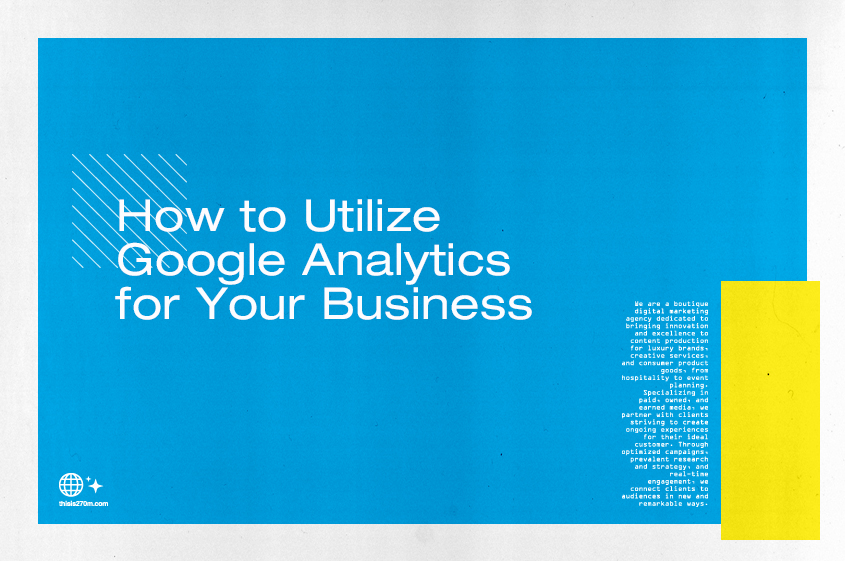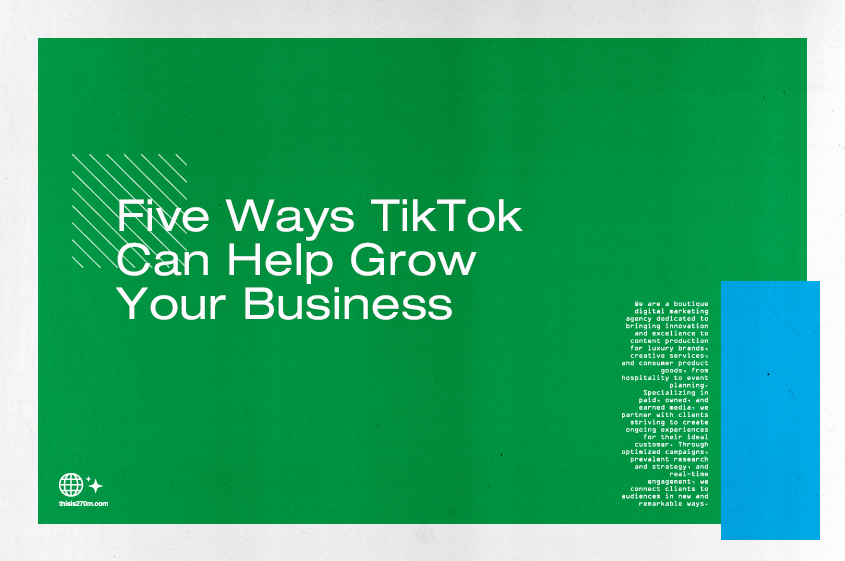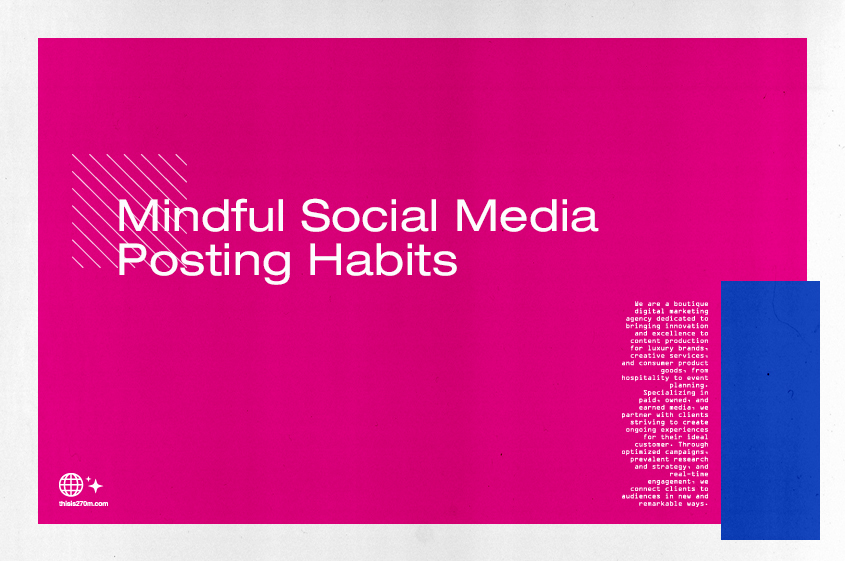Is AI Art the Future of Digital Marketing?
By: Danielle Gazda
With the metaverse, augmented reality (AR), virtual reality (VR), and artificial intelligence (AI) becoming more commonplace, the digital universe is expanding and becoming more accessible. Digital marketers have questioned if moving into these areas is worthwhile or even viable. For most of these platforms, the utility and practicality don’t quite seem to be there yet. AI-generated art, however, is on the rise and is something that marketing teams can use to further their creative abilities.
Two of the most popular and well-known tools for generating AI art are DALL-E 2 and NightCafe. There are many other apps and websites that are just beginning their development with open betas. Others are more established like Midjourney and the two listed previously. Either way, this is an ever-growing field of interest with endless possibilities for advertising.
The basic form of any AI-generated art is derived from a prompt entered by the individual using the generator. This can be as specific or nonspecific as desired. You can specify descriptions with the style of art and aesthetic the user wants along with the exact elements, colors, etc., the image should contain. The system’s algorithm then takes that prompt and scours the internet to find images — a process called “scraping” — that will help it to develop options similar to your request.
Sourced images are scraped from all over the internet, including blogs, stock imagery sites, and news sites. It can be an invaluable tool when you’re looking for a precise image but can’t seem to find it anywhere among the copyright-free asset websites you subscribe to.
Something to note is that copyright issues may arise with AI-generated art in the future. It’s often unclear if what is being “scraped” is free for commercial use or is actually owned by someone. Some websites and apps use software that is trained to only search for copyright-free content. However, the technology is still imperfect and not implemented by all AI art systems. Currently, scraping is legal and protected under the “fair use” doctrine. Also, DALL-E 2’s terms of use and content policy say that “you may use Generations for any legal purpose, including for commercial use.”
AI-generated art will certainly be more common in the future, growing alongside the development of NFTs. These new segments of the digital art space breed myriad opportunities for artists and graphic designers alike. While nothing may be perfect yet, both are worth looking into for your business or marketing agency.
Are you interested in the future of AI-generated art? The 270M Design Team is always expanding its skills and knowledge of digital design. Reach out to us at info@thisis270m.com to learn more about what the 270M team can do for you.






